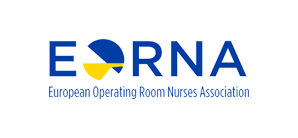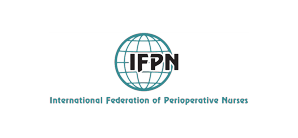NEGATIVE PRESSURE THERAPY IN PEDIATRIC BURNS - A SYSTEMATIC REVIEW
Anastasia Hatzopoulou, Georgios Vasilopoulos, Evangelos Dousis, Ioannis Koutelekos
Saturday, July 1, 2023
Publication year:
2023
Authors:
- Hatzopoulou Anastasia, MSc: Treatment and Care of Wound and Ulcers, Department of Nursing, University of West Attica, Athens, Greece
- Vasilopoulos Georgios, Assistant Professor, Faculty of Health and Caring Professions, Department of Nursing, Athens University of Applied Sciences, Greece
- Dousis Evangelos, Assistant Professor, Department of Nursing, University of West Attika
- Koutelekos Ioannis, PhD, Associate Professor, Department of Nursing A',Technological Educational Institute of Athens
Keywords index:
- negative pressure wound therapy
- negative pressure
- NPWT
- vacuum assisted closure
- VAC
- pediatric
- children
- burn
Pages: 286-301
Abstract:
Introduction: Negative pressure wound healing was introduced about 20 years ago and has emerged as a common
treatment for acute and chronic wounds, including diabetic ulcers, pressure ulcers, and burns.The purpose of this study
was to review the literature on the effectiveness and safety of using negative pressure therapy for burns in children.
Methodology: The present dissertation is a systematic review of the literature. The bibliography was searched through
the electronic databases Pub Μed and Google scholar. The keywords used were: negative pressure wound therapy,
negative pressure, NPWT, vacuum assisted closure, VAC, pediatric, children, burn. The word OR and AND were used
between the keywords. Included were studies written in English or Greek, published in the last decade, from 2011 to
the present, conducted in humans and not in animals, and were original studies. Results: Negative pressure therapy
can be used in children aged between 2 months and 18 years, who have deep thermal, chemical and electrical burns
of 2nd to 4th degree, as well as frostbite. Negative pressure therapy promotes primary healing of the burn or as a
complement to a partial thickness skin graft. In the surgical treatment of burns, the negative pressure treatment can
be applied before the implant, to prepare the skin and / or over a skin graft of some thickness to stabilize it. Negative
pressure therapy contributes to easier and faster mobilization of patients. The safe pressure treatment settings for
negative pressure appear to be continuous operation at a pressure of -50 to -75 mmHg for burn patients under 2 years
of age and -75 to -125 mmHg for children over 2 years of age. Conclusions: Negative pressure therapy appears to be
beneficial to the pediatric population with burns, both physically and psychologically.



